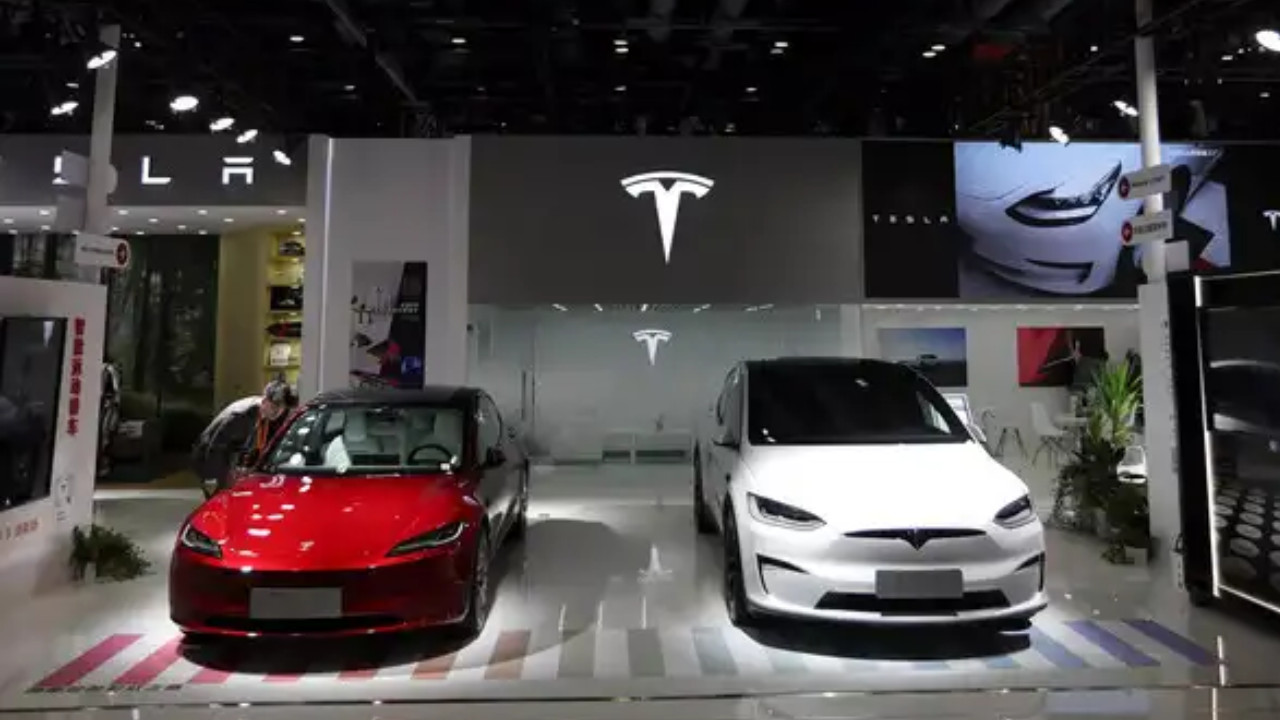Micron Technology is significantly expanding its US investments to $200 billion, bolstered by the Trump administration’s support, to enhance domestic chip manufacturing. This includes building a second advanced memory chip facility in Boise, Idaho, and modernizing the Virginia plant. The initiative aims to increase the US share of global memory chip production to 10% and create 90,000 jobs.
Micron’s $200 Billion Bet: Can America Win the Chip Race?
Okay, let’s talk semiconductors. Not exactly the sexiest topic for a Friday afternoon, right? But hear me out. These tiny silicon slivers are the lifeblood of everything modern, from your phone buzzing in your pocket to the cars fighting for space on the highway. And the battle for who makes these crucial components? That’s a drama worthy of a Hollywood blockbuster.
And in this particular act, Micron just dropped a bombshell – a cool $200 billion bombshell, to be precise. That’s the size of their planned investment to ramp up chip production in the United States. We’re talking about a significant expansion of existing facilities, and a brand-new memory chip factory in Idaho, folks. This isn’t just pocket change; it’s a serious statement of intent.
So, why Idaho? Why now? Well, the answer is a tangled web of geopolitical shifts, economic incentives, and a desperate desire for the U.S. to reclaim its former glory as a semiconductor powerhouse. For years, chip manufacturing has largely migrated to Asia, particularly to Taiwan and South Korea. This concentration, while efficient in some ways, has created a precarious situation, leaving global supply chains vulnerable to disruptions – something the recent pandemic laid bare with brutal clarity. Remember the car shortages? Those were, in part, fueled by chip scarcity.
Micron’s gamble is fundamentally about resilience and national security. Bringing chip production back home isn’t just about creating jobs (although that’s a massive bonus, with over 20,000 direct positions projected). It’s about ensuring that the U.S. has control over a critical technology, reducing reliance on potentially unstable regions.
The timing of this investment is also key. The U.S. government, recognizing the strategic importance of semiconductors, has been throwing serious money at the problem through the CHIPS and Science Act. This legislation provides billions of dollars in subsidies and tax breaks to encourage companies like Micron to build and expand their domestic manufacturing capabilities. Let’s be honest, that $200 billion probably wouldn’t be on the table without that governmental push.
Now, Micron isn’t just aiming to fill a gap; they’re aiming to grab a bigger slice of the pie. Their stated goal is to capture 10% of the global memory chip market. Ambitious? Absolutely. But the memory chip market, dominated by giants like Samsung and SK Hynix, is ripe for disruption. Micron, known for its innovation and high-performance memory solutions, has a real shot at gaining ground. They’re betting big on advanced DRAM and NAND technologies, the types of chips that power everything from AI servers to cutting-edge gaming consoles.
And the not-so-secret sauce in all of this? Political support. The original article mentions Donald Trump’s backing for the project, which, regardless of your political affiliation, underscores the bipartisan consensus on the need to strengthen domestic chip manufacturing. Securing supply chains is one of the few things that seem to unite both sides of the aisle these days.
But let’s not get ahead of ourselves. This isn’t a guaranteed win for Micron, or for the U.S. chip industry as a whole. Building a semiconductor factory is a monumental undertaking. It requires massive capital investment, a highly skilled workforce, and years of meticulous planning and execution. Competition is fierce, and the Asian players are not going to cede market share easily. Plus, technological advancements happen at lightning speed. What’s cutting-edge today can be obsolete tomorrow. Micron needs to constantly innovate to stay ahead of the curve.
Furthermore, while the CHIPS Act provides crucial financial support, it also comes with strings attached. Companies receiving funding are expected to meet certain requirements, including workforce development initiatives and commitments to national security priorities. Navigating these requirements can be complex and time-consuming.
Despite these challenges, Micron’s $200 billion investment represents a bold and necessary step in the right direction. It signals a renewed commitment to American innovation and manufacturing prowess. It’s a long game, no doubt. Building a thriving domestic chip industry will take time, patience, and sustained investment. But if Micron can execute its plans effectively, it could not only boost its own market share but also help to solidify America’s position as a global leader in technology.
So, keep your eyes on this space. The semiconductor story is just beginning to unfold, and the next few years promise to be filled with exciting developments, fierce competition, and potentially, a whole lot of technological breakthroughs. One thing’s for sure: it’s going to be a wild ride. And who knows, maybe one day your phone will be powered by chips made right here in the good ol’ U.S. of A.
📬 Stay informed — follow us for more insightful updates!







